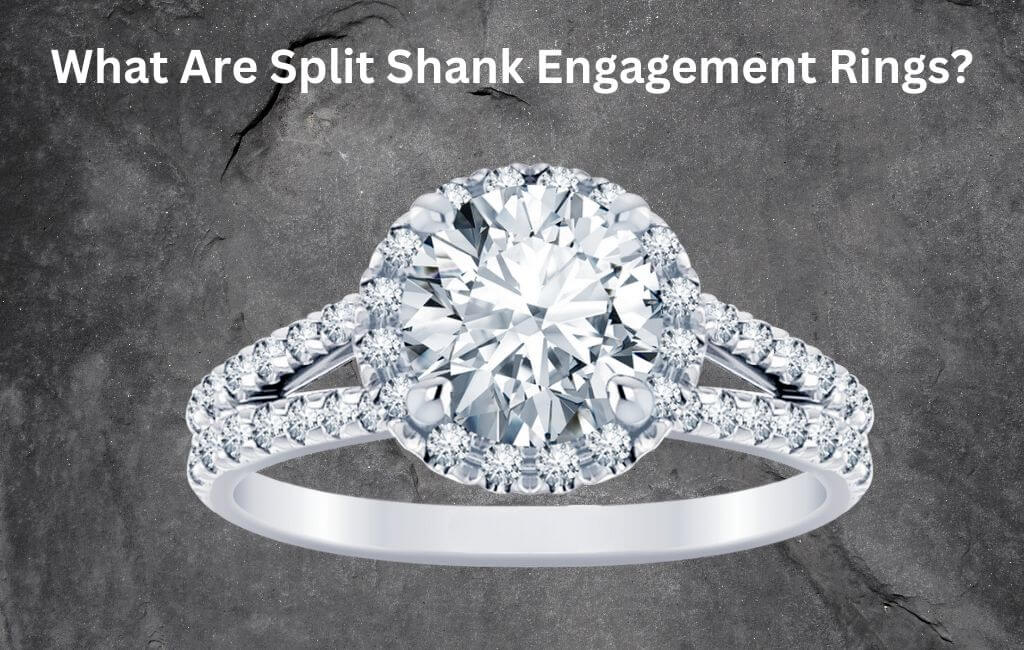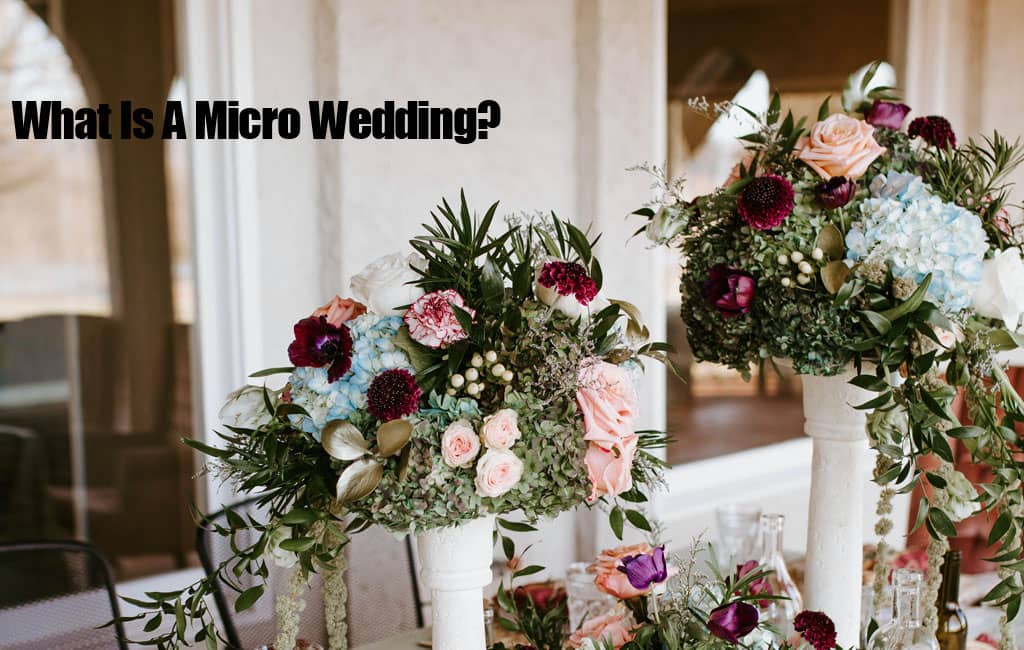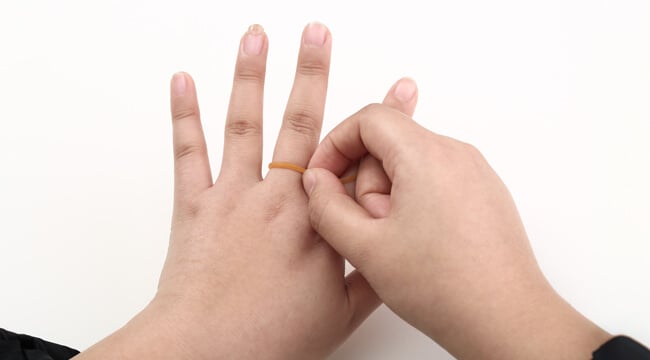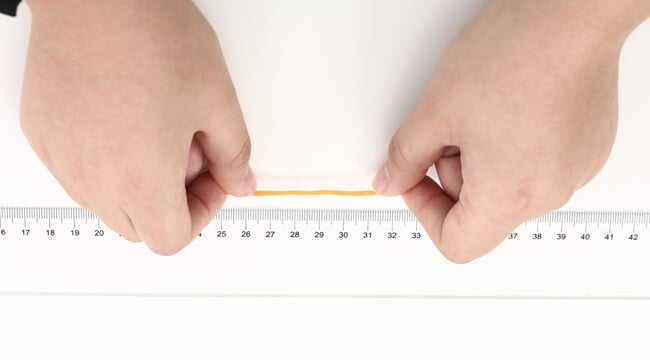Split shank engagement rings offer an exquisite and distinctive way to commemorate their love with jewelry. These elegant rings have gained in popularity thanks to their eye-catching design – which features a shank (the band of the ring) that splits into multiple strands as it approaches the center stone. We will take a deep dive into this fascinating world of split shank rings: their history, types, benefits and more!
What are Split Shank Engagement Rings?
A split shank engagement ring is a distinctive style of engagement ring featuring a band that splits into multiple strands near its center stone, creating an eye-catching and sophisticated appearance. These striking rings come in all styles from contemporary and minimalistic designs to intricate vintage models – making them suitable for virtually all personality types and tastes.
Split shank engagement rings are beloved symbols of sophistication that effortlessly showcase any center stone, be it diamond, sapphire, or any other precious gem. Their open space accentuates this feature and lets the center stone radiate with brilliance. Such rings represent sophistication like no other and make a bold statement about personal taste and individual style.
Check Out Our Split Shank Engagement Rings
A Glimpse into the History
Split Shank Engagement Rings have an illustrious past dating back centuries. First made popular during Art Nouveau period of late 19th and early 20th centuries as an interpretation of fashionable designs that came about during industrial revolution era, these rings have since enjoyed widespread use across cultures.
While other styles had come and gone since then, split shank engagement rings once again rose to popularity during the midcentury 1960s to 1970s. While some styles may fade into history after their moment in the spotlight has passed, split shank rings remain top contenders today.
What Makes Split Shank Engagement Rings Different?
Illusion of Size: A split shank engagement ring makes an elegant statement with its single band that gracefully extends toward the front of the ring before splitting into two strands as it approaches its central gemstone.
Notable about this design is its optical illusion effect, making the entire ring appear larger and more intricately detailed than it actually is. Thanks to the split shank construction, however, the ring achieves this stunning look without adding unnecessary weight – providing comfort for its wearer.
Symbolism: The split shank can be understood as a metaphor for how two journeys come together as one. Some speculate that two bands that unite to become one band (shank) in the back symbolize two individuals who had once been separate people but now share an unbreakable bond through commitment – giving this romantic touch to an otherwise exquisite design.
Customization and Personalization: One of the primary draws of Split Shank Engagement Rings is their potential for customization, as couples can work closely with skilled jewelers to craft a truly one-of-a-kind ring that they’ll treasure forever. Incorporating rich symbolism into an elegant setting ensures brides will treasure it throughout her lifetime.
Caring for Your Precious Split Shank Engagement Ring
To extend and maintain the beauty of your Split Shank Engagement Ring, proper care should be given. Here are a few suggestions for keeping it in perfect condition:
1. Gentle Cleansing: For your Split Shank Engagement Ring to look its best, regular cleansing with mild non-abrasive soap should be performed regularly using a soft brush and soft bristle pad. Be mindful to pay close attention to every detail on the split shank ring ensuring every crevice sparkles brightly!
2. Prong Perfection: Prongs that secure the center stone of your ring are essential to its security. Inspect them periodically to make sure they’re snug and secure – loose prongs could jeopardize both its safety as well as its aesthetic value, so if any issues arise immediately contact a professional jeweler for repairs.
3. Expert Maintenance: Regular inspections and professional maintenance visits at your trusted jeweler can make all the difference in keeping your ring looking its best for longer. Their expertise can detect signs of wear that might otherwise go undetected, while performing any needed repairs to ensure its elegance is maintained. Having this extra professional help can make all the difference!
Conclusion
Split shank engagement rings have long been considered an elegant symbol of love and commitment, making them ideal for use as engagement rings. Their ability to emphasize the central stone, combined with an abundance of designs available, make them one of a kind. Now you know more about what these special engagement rings offer you can begin your search for the one which best embodies it all!






